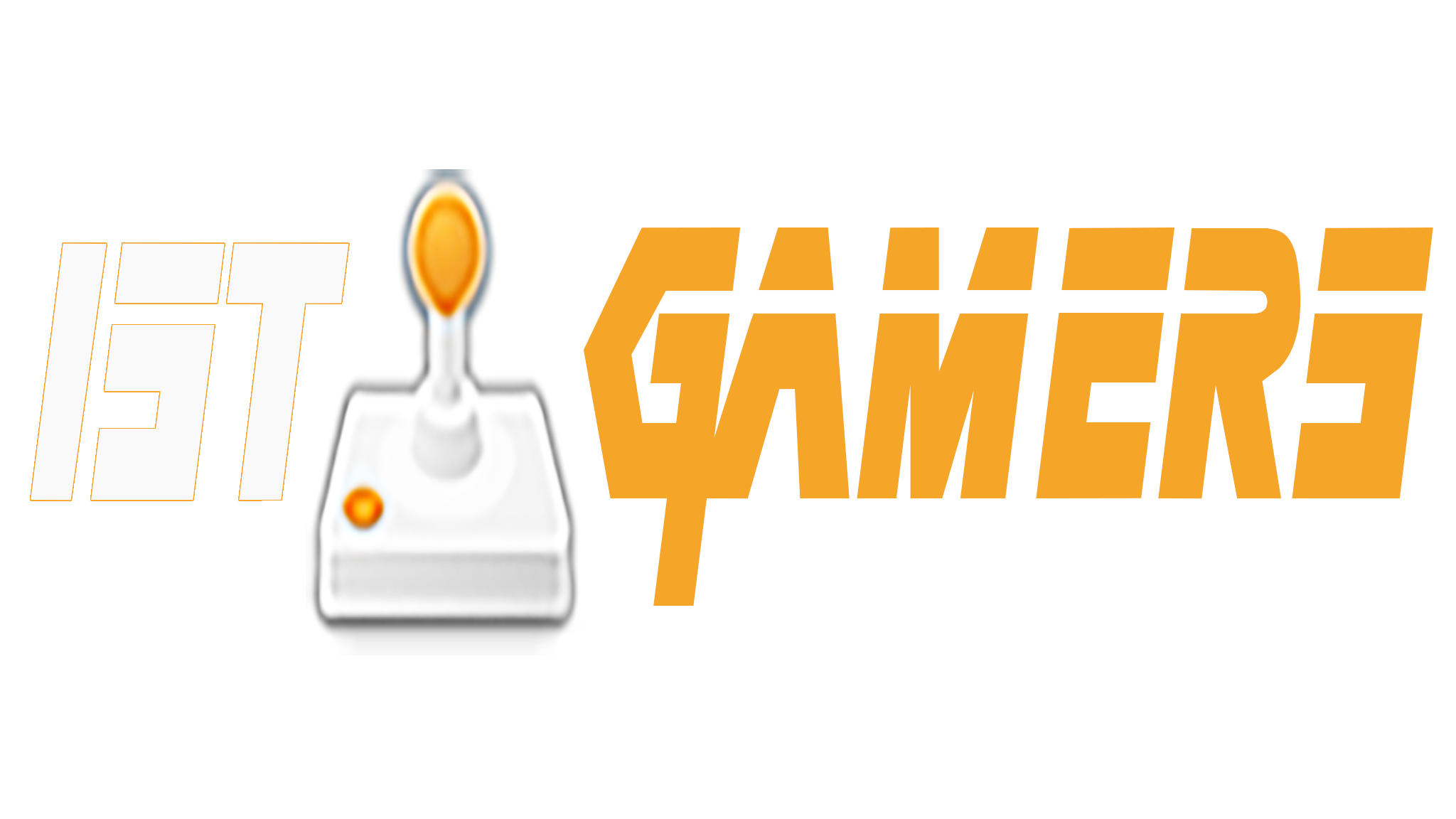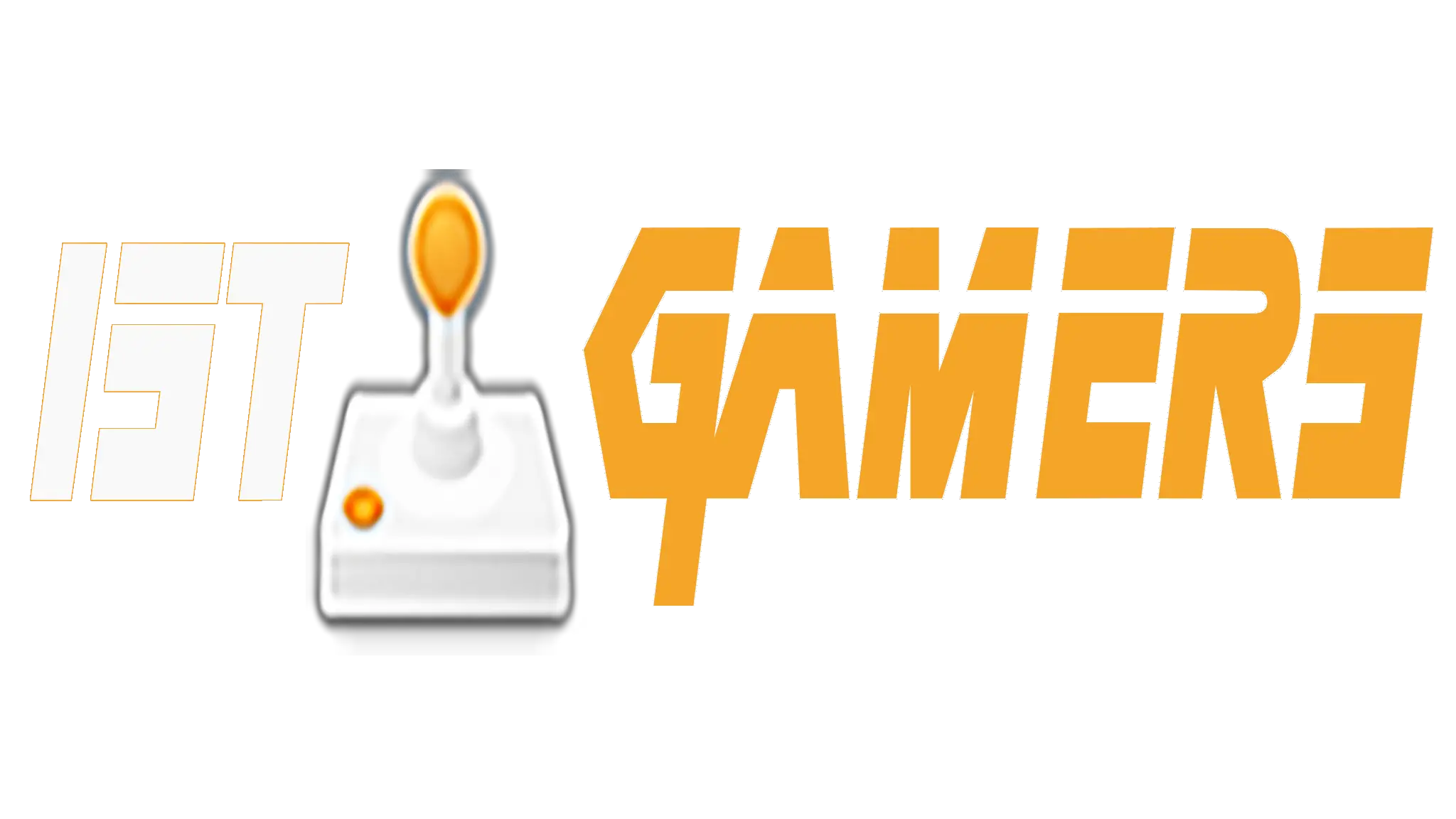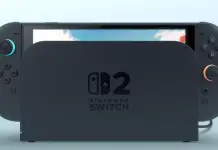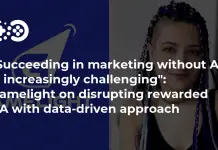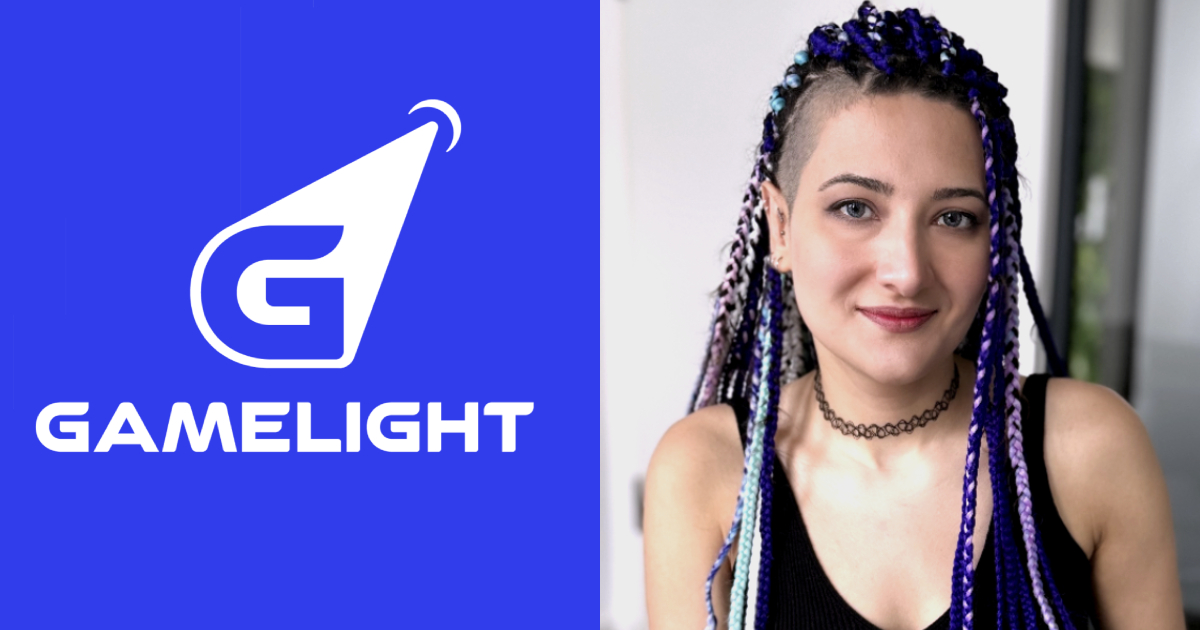
Günay Azer, founder of Gamelight (right)
Alexander Semenov, GWO: For starters, tell us a few words about yourself and your role at Gamelight.
Günay: I’ve been working in the mobile gaming and ad-tech industries for over 10 years now, so it’s been a big part of my professional journey. During that time, I’ve founded and scaled three startups, including Gamelight.
At Gamelight, my main focus is driving innovation and shaping our strategy to make sure we’re always ahead of the curve in mobile marketing. At the end of the day, I’m passionate about helping game publishers succeed and finding new ways to push the industry forward. It’s a fast-moving space, but that’s what makes it so exciting!
Great, now on to Gamelight: where and when did its story begin?
Günay: Gamelight was founded in early 2023 in Germany by me and Florian Elmies. We both noticed that the traditional methods of user acquisition (UA) in mobile gaming were outdated and inefficient. The old approach relied too heavily on guesswork and manual targeting, which we knew wasn’t ideal. Our vision was to build a platform powered by data, one that would help UA managers and game publishers achieve more reliable, consistent results without the time-consuming processes that weren’t always effective.
Since then, Gamelight has quickly grown into the largest rewarded marketing platform in the industry. It’s been amazing to see how much we’ve achieved in such a short time, and we will continue to focus on a data-driven approach to make a positive impact in the mobile gaming space.
Gamelight focuses on mobile marketing, but let’s break it down: what exactly does the company do?
Günay: Gamelight is a platform that helps mobile game developers connect with the right players for their games. We’re available in 13 countries on both iOS and Android, and are proud to rank among the top networks for performance in mobile marketing!
When users play games through our platform, they earn loyalty points that can be exchanged for rewards like gift cards (PayPal, Amazon, Google Play, etc.). This makes the experience fun and rewarding for players, while helping game developers grow their audience and achieve great results, like higher engagement and long-term revenue.
The company is young, yet in just a year, you’ve managed to become one of the largest ad networks. What’s the secret behind such rapid growth?
I think it comes down to three key elements: solving a real problem, staying lean, and building the right team.
One of the biggest challenges we tackled early on was optimizing the scaling of mobile games through paid UA. It’s a complex and time-consuming process, and we set out to make it more efficient, reliable, and data-driven. This focus allowed us to create a solution that delivered real value to UA managers and publishers, which quickly earned us trust in the industry.
Another challenge was bootstrapping. Starting from scratch without external funding meant we had to be extremely disciplined and intentional about every decision we made. While this approach slowed us down at first, it also gave us full control to build Gamelight on our own terms and resulted in a highly optimized product and sustainable growth.
The strong dynamic between me and Florian also played a huge role. We have complementary skills and work efficiently together, which helps us navigate obstacles and make quick, confident decisions. On top of that, we prioritized building a diverse, global team of experts. By encouraging a culture of innovation and experimentation, we were able to move fast, adapt to challenges, and stay ahead in such a competitive space.
Not a single article or post about Gamelight is complete without mentioning your AI algorithm. So what are its main features?
Günay: Our AI algorithm simplifies and optimizes the UA process by analyzing vast amounts of data — app usage, demographics, behavioral trends, etc. — to build detailed user profiles. By identifying patterns and overlaps between current active users and potential new ones, it enables precise targeting and highly personalized recommendations.
Users are matched with the perfect game for them, driving higher engagement and retention. This data-driven approach empowers game publishers to optimize their marketing strategies, improving user retention, increasing lifetime value (LTV), and attracting new loyal audiences. As a result, our partners see campaigns that deliver measurable growth and impactful results.
What makes your AI algorithm stand out compared to other systems on the market? And is it possible to succeed in mobile marketing today without using this technology?
Gamelight’s AI approach allows us to strategically optimize campaigns for the highest return on ad spend (ROAS), average revenue per user (ARPU), and retention rates. Unlike many other platforms that simply display ads to the highest bidder, our in-house AI algorithm focuses on matching the right users with the right games.
The algorithm doesn’t just wait for installs to start optimizing. It begins by analyzing vast amounts of data and predicts user interests before an ad is even shown, determining when ads should be displayed and which creatives will resonate most. This goes beyond the basic approach of rewarded ads and transforms campaigns into dynamic, data-driven strategies.
In today’s competitive market, succeeding in marketing without AI is increasingly challenging. User behaviors are complex, and the volume of data that needs to be analyzed is massive. AI is essential to process this data efficiently, extract actionable insights, and adapt campaigns in real-time. It’s not just about showing ads; it’s about understanding user preferences and delivering tailored experiences that drive engagement, retention, and revenue.
Do you balance AI recommendations with human insights? Do modern systems still require such guidance?
Günay: Our AI systems are designed to deliver efficient outcomes with minimal need for manual intervention. However, we still provide our clients with great flexibility. While our AI-driven targeting and recommendations are powerful enough to function on their own, we also enable tailored manual optimization by our account managers when necessary. This unique blend of advanced AI capabilities and personalized human oversight ensures campaigns are not only highly effective, but also adaptable to specific client preferences and requirements.
What metrics do you use to measure success for games? Do they vary by genre?
Günay: We rely on a combination of metrics that reflect user engagement, retention, and overall performance. While certain core metrics are consistent across genres, the focus can shift depending on the type of game.
For instance, we monitor usage playtime, tracking when, how often, and how long users play. This helps us understand player habits and preferences. For casual games, metrics like daily active users (DAU), session length, and retention rates tend to take priority since these titles rely on frequent, shorter play sessions. For more hardcore genres (i.e. strategy games), we often look at metrics like session frequency, playtime duration, and lifetime value (LTV), which are critical for understanding deeper user engagement.
Our AI-driven approach also allows us to analyse player behavior in detail. For example, if a user spends 80% of their time playing strategy games and 20% on casual games, we identify this pattern to predict their interests and preferences.
Ultimately, success metrics are about understanding how users interact with a game — whether it’s their playtime, frequency, or in-game actions — and using this insight to optimize engagement, retention, and revenue strategies across all genres.
Readers love numbers and data. However, speakers aren’t always eager to share them. Can you tell us about the results your company has achieved? Could you share a few success stories?
Günay: Absolutely! For example, JOYCITY teamed up with us to promote their strategy game Gunship Battle in Japan and the UK. With the help of our AI algorithm and open targeting strategy, we achieved some impressive results:
- 213% growth in ROAS from Day 7 to Day 30 in Japan;
- 143% growth in ROAS over the same period in the UK;
- We also beat their D30 ROAS targets by 48% in Japan and 35.78% in the UK.
Another great example is our work with Brain Games on their casual title Word Farm Adventure in the US. With just a 40% bid increase, we delivered:
- A 480% boost in UA volume;
- 142% overdelivery on short-term ROAS (D7);
- 145% overdelivery on long-term ROAS (D30).
We’ve also been recently recognized as the top rewarded source worldwide in the latest AppsFlyer Performance Index, where we also achieved top 2 positions across all sources in key markets like Western Europe, Japan, and South Korea. Our results and acknowledgements highlight our hard work and effectiveness.
Are there any new features or innovations Gamelight is working on to stay ahead?
Günay: We have some exciting developments on the horizon at Gamelight. While we remain committed to empowering game apps with innovative tools and solutions, we’re also focused on expanding our offerings to a wider variety of app categories. This means exploring new ways to deliver value, optimize campaigns, and help brands connect with users more effectively.
We’re also working on new features that will give advertisers even more tools to engage their audiences. These innovations are designed to push the boundaries of what’s possible in mobile marketing, enabling brands to reach users in fresh, impactful ways. While we can’t share all the details just yet, there’s a lot to look forward to — and we can’t wait to share more soon!
